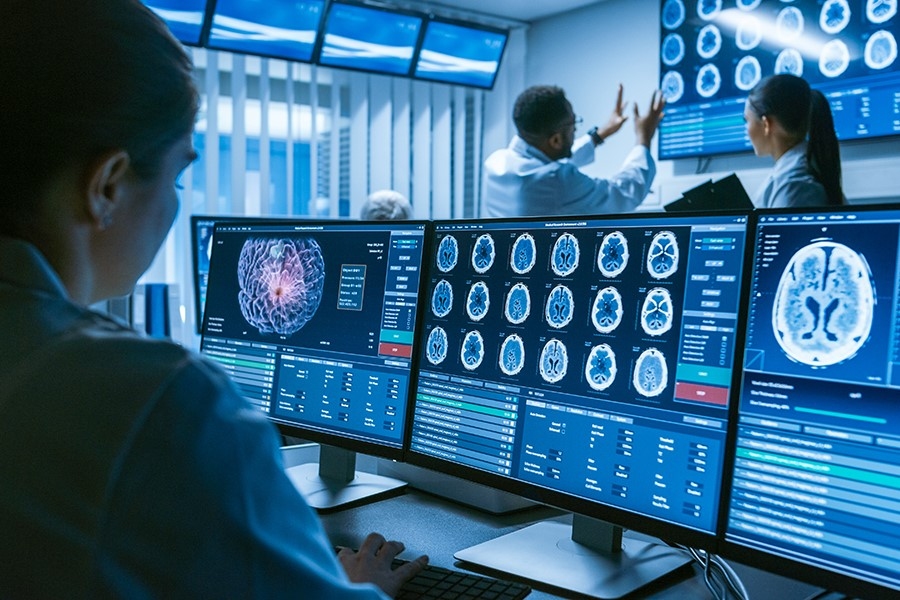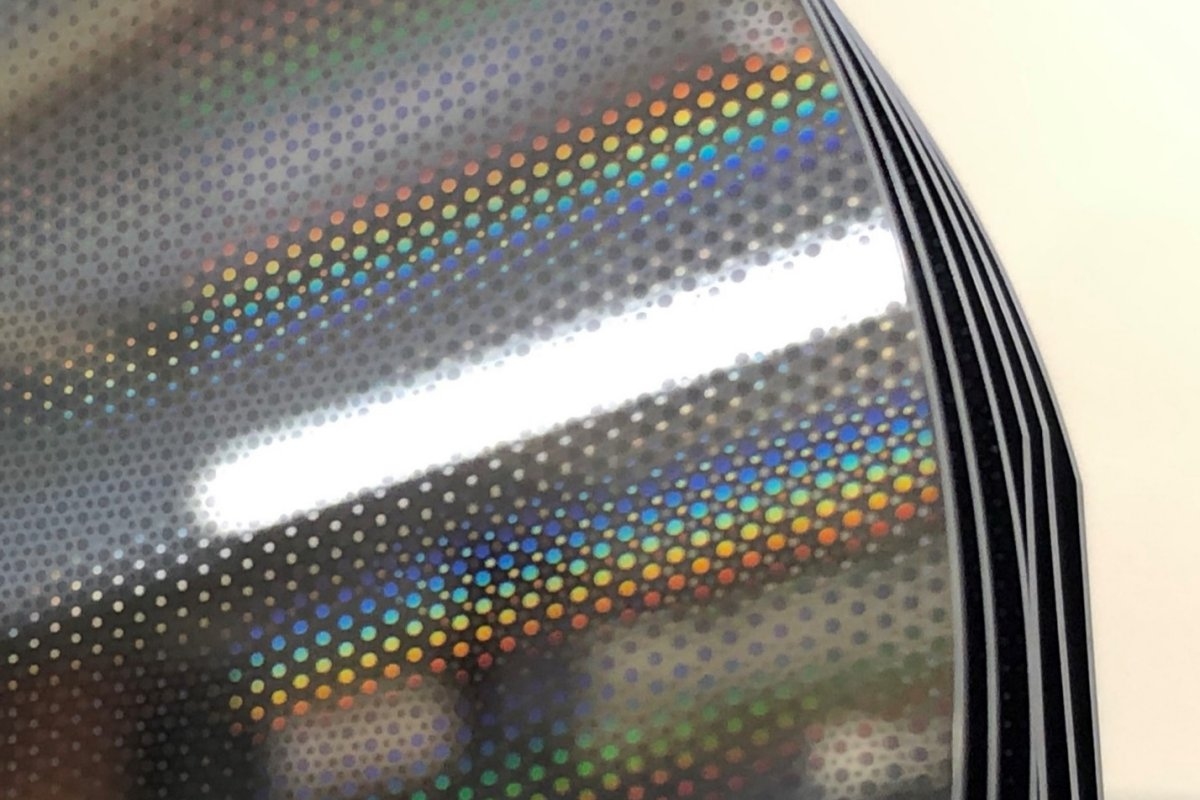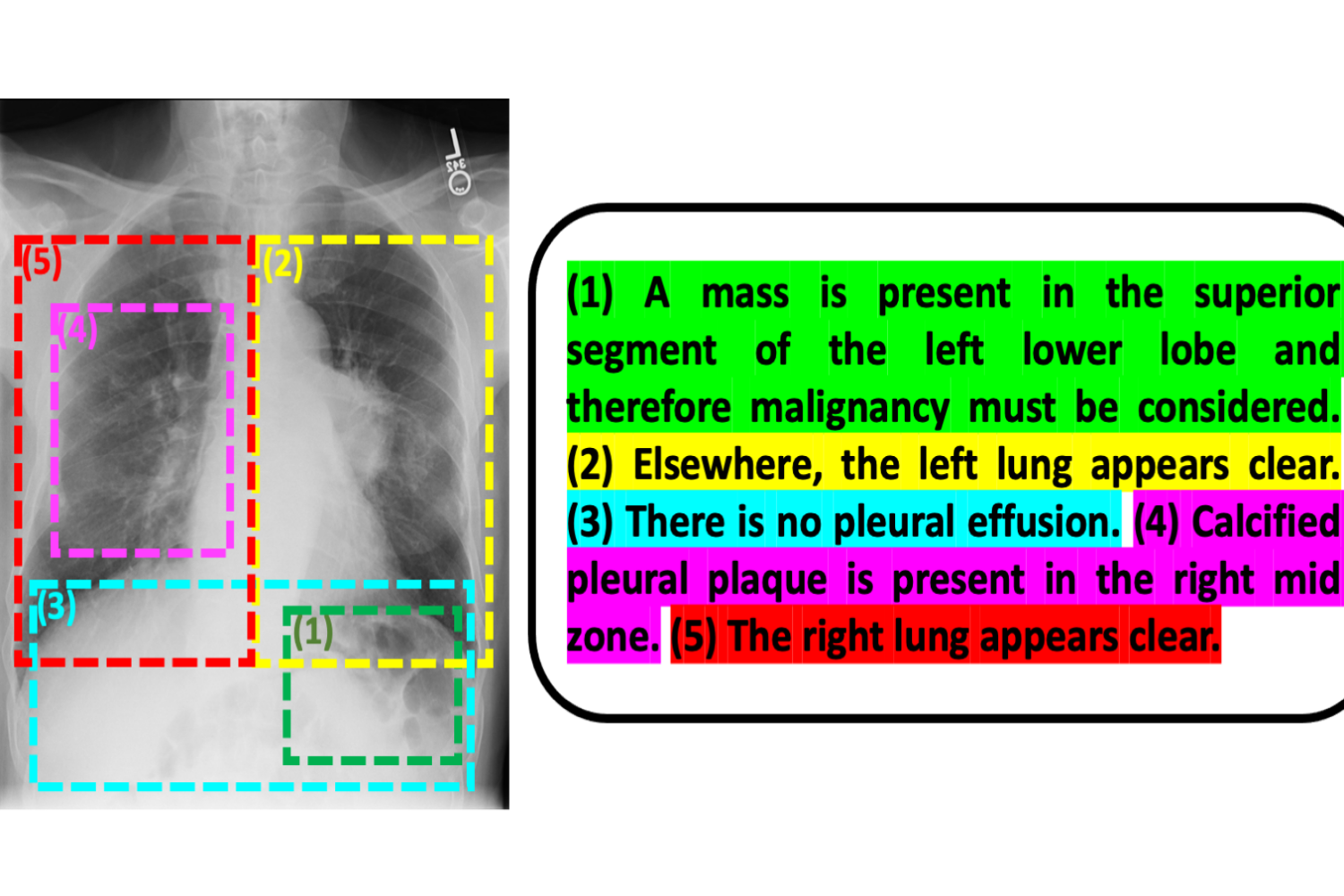Physicists uncover secrets of world’s thinnest superconductor
First experimental evidence of spin excitations in an atomically thin material helps answer 30-year-old questions, could lead to better medical diagnostics and more.
Elizabeth A. Thomson | Materials Research Laboratory •
mit
June 21, 2021 • ~9 min
June 21, 2021 • ~9 min
Toward X-ray movies | MIT News
Low-power tabletop source of ultrashort electron beams could replace car-size laboratory devices.
Larry Hardesty | MIT News Office
• mit
Nov. 22, 2016 • ~8 min
Nov. 22, 2016 • ~8 min
A new way to make X-rays | MIT News
MIT researchers have found a phenomenon that might lead to more compact, tunable X-ray devices made of graphene.
David L. Chandler | MIT News Office
• mit
Nov. 23, 2015 • ~8 min
Nov. 23, 2015 • ~8 min
/
1






